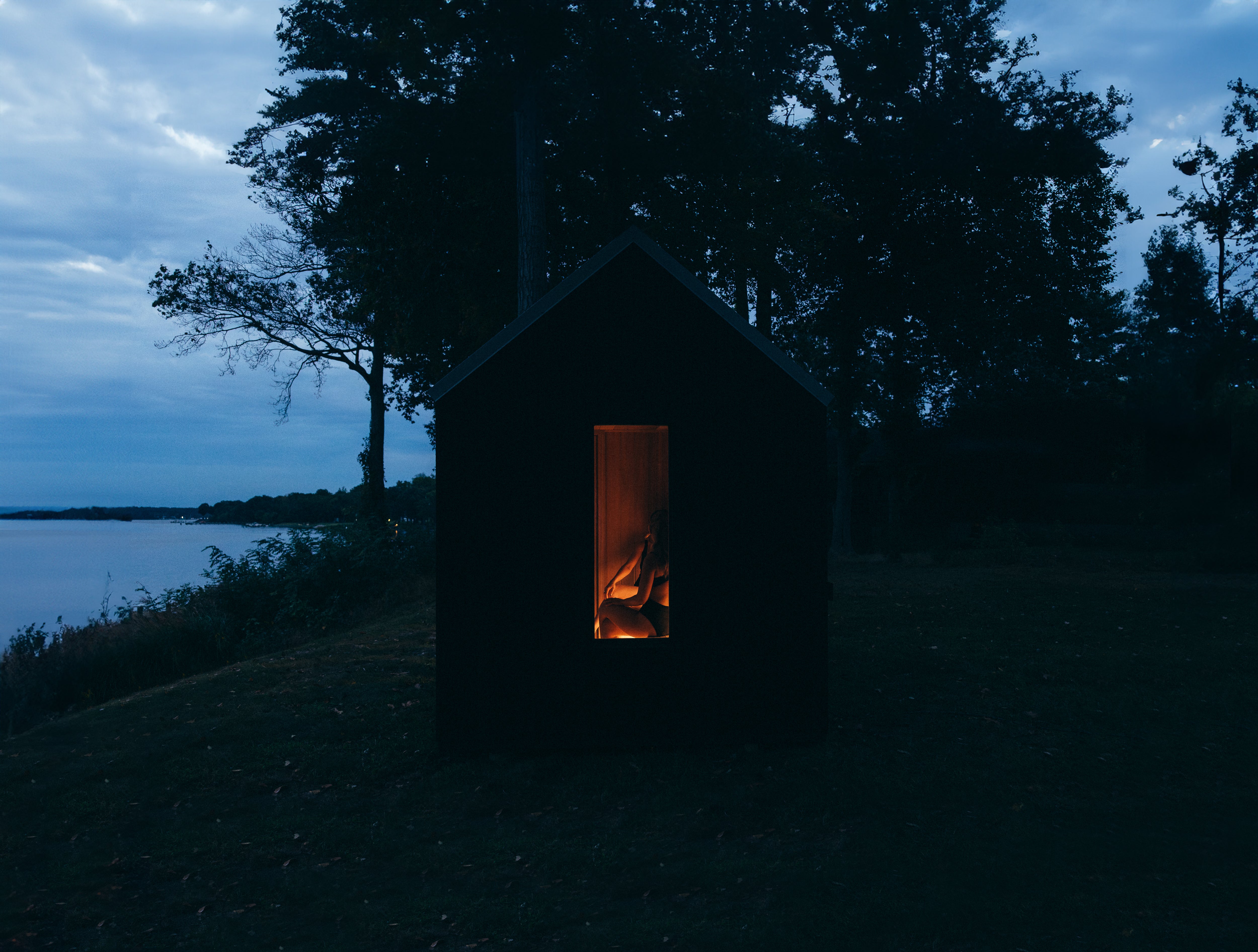Material Highlight: Thermally Modified Ash
At Harbor Saunas, we are committed to designing exceptional sauna experiences that harmonize with nature while standing the test of time. Central to this commitment is our use of thermally modified ash—a premium upgrade option for all our builds. This remarkable material not only enhances the aesthetic appeal of our saunas but also offers unparalleled durability and resistance to the elements. Sourced from our trusted supplier, Arbor Wood Co., this exceptional material redefines what it means to invest in a sauna that stands the test of time.
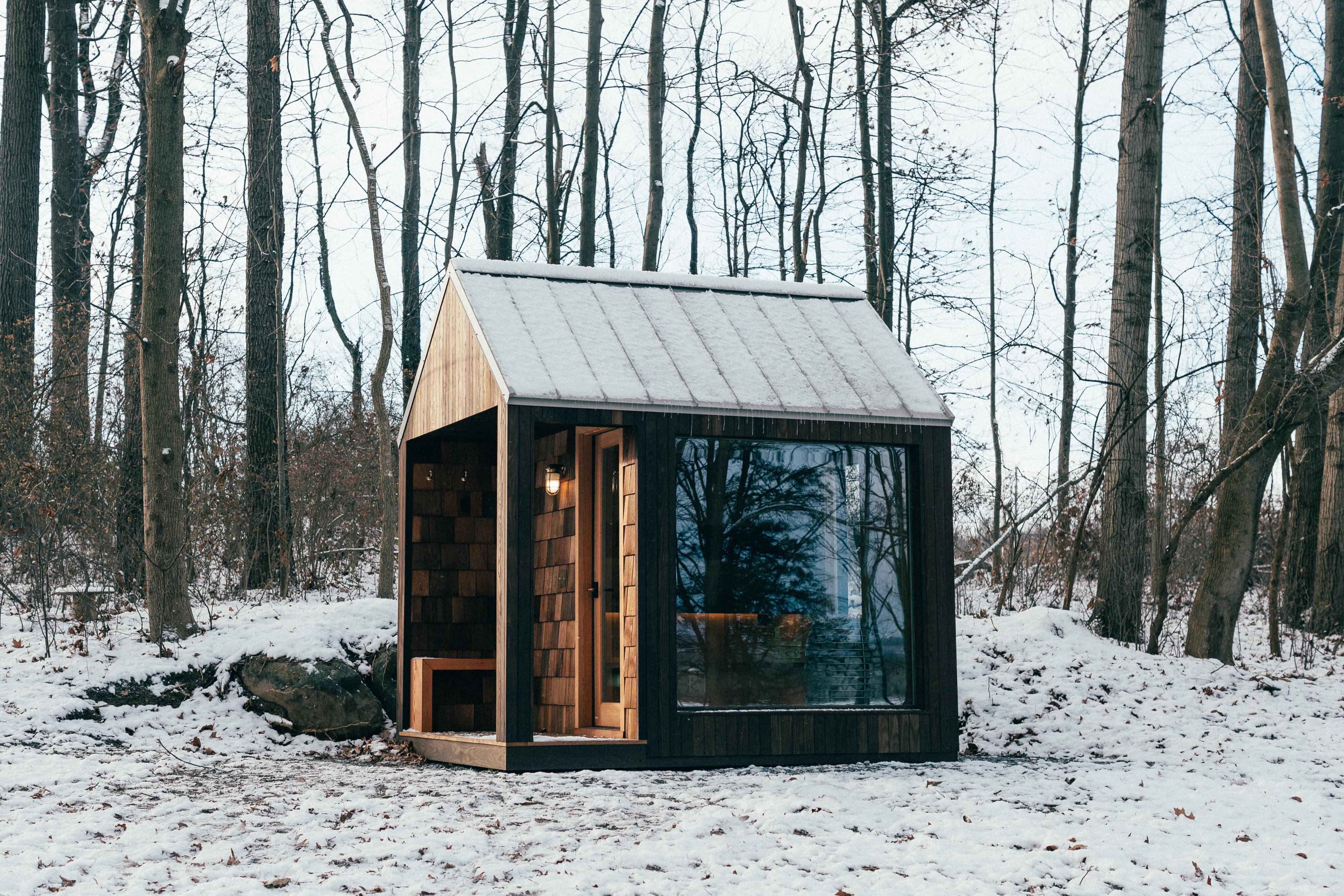
Understanding Thermally Modified Ash
Thermally modified ash is derived from North American white ash, a hardwood renowned for its strength and distinctive grain patterns. Through a meticulous process involving high heat and steam—free from chemicals—the wood undergoes a transformation that enhances its structural properties. This thermal modification alters the wood at a cellular level, resulting in increased stability, reduced moisture absorption, and heightened resistance to decay.
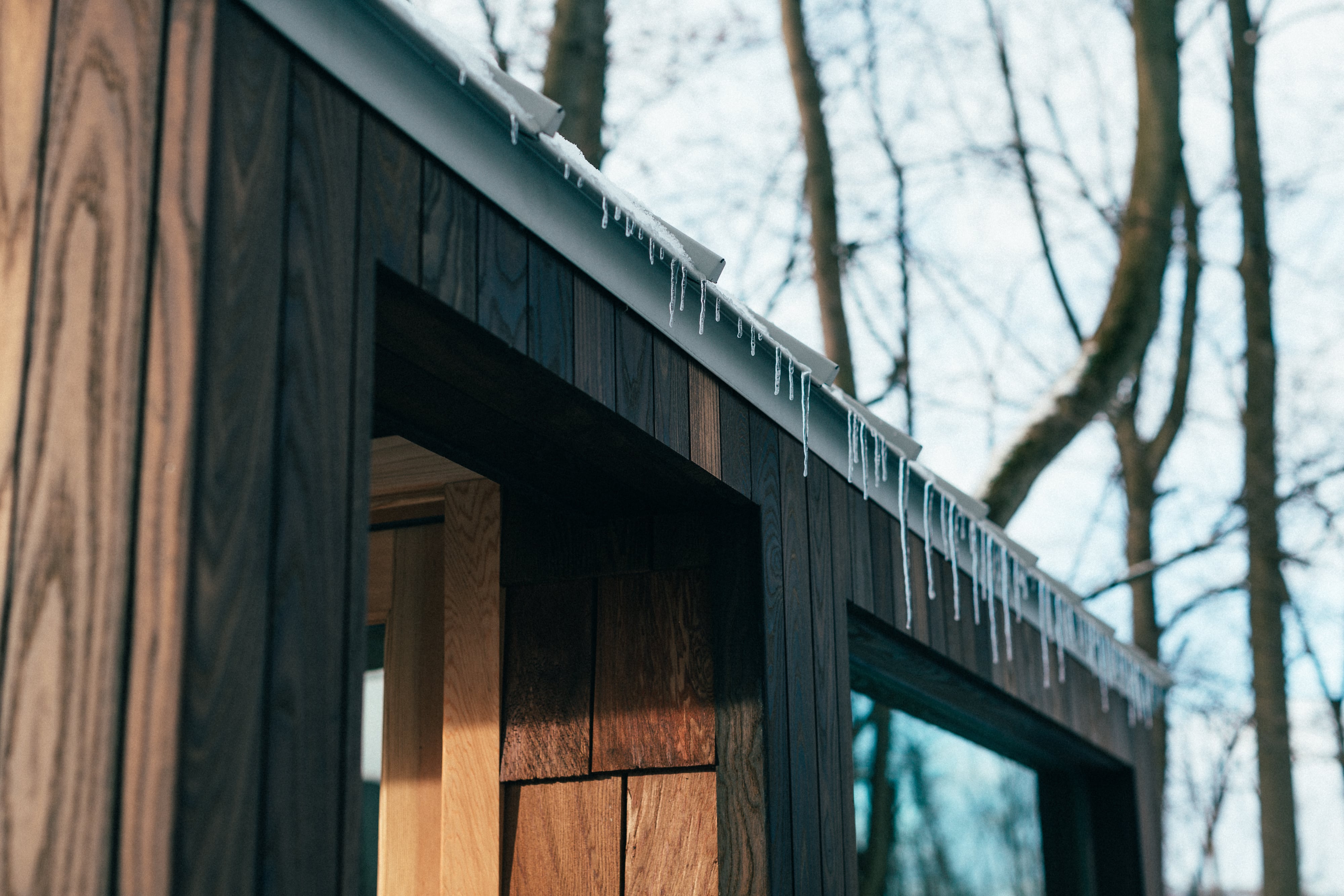
The Thermal Modification Process
The process begins with careful selection of high-quality white ash. The wood is then subjected to high temperatures ranging from 320°F to 400°F (160°C to 204°C) in a controlled environment, typically a specialized kiln. Throughout the process, steam is introduced to prevent the wood from combusting and to further refine its properties.
The stages of thermal modification include:
- Drying Phase: Initial heating to remove moisture from the wood. This stage ensures that the wood’s moisture content is drastically reduced, often to below 5%.
- Heating Phase: The temperature is elevated to the desired level, allowing the wood’s cellular structure to be permanently altered. This is the stage where durability, dimensional stability, and rot resistance are enhanced.
- Cooling & Conditioning Phase: The wood is gradually cooled and reconditioned to achieve equilibrium moisture content, making it suitable for a wide range of environmental conditions.
This chemical-free process is environmentally friendly and results in a product that is both aesthetically appealing and structurally superior.
Longevity and Rot Resistance
One of the standout features of thermally modified ash is its exceptional durability. The thermal modification process enhances the wood's natural defenses, making it highly resistant to rot, decay, and insect infestations. This resistance is crucial for outdoor applications, such as sauna exteriors, where exposure to moisture and varying weather conditions is a constant concern.
Studies have shown that thermally modified wood can last significantly longer than untreated wood, with some estimates suggesting a lifespan of 25 years or more. This longevity ensures that your investment in a Harbor Sauna remains protected and visually appealing for decades.
Beyond simply extending the lifespan of your sauna, the durability of thermally modified ash reduces the need for frequent maintenance or costly replacements. This inherent rot resistance is achieved without the use of harmful chemicals or treatments, offering a cleaner, more natural solution that aligns with our sustainability goals.
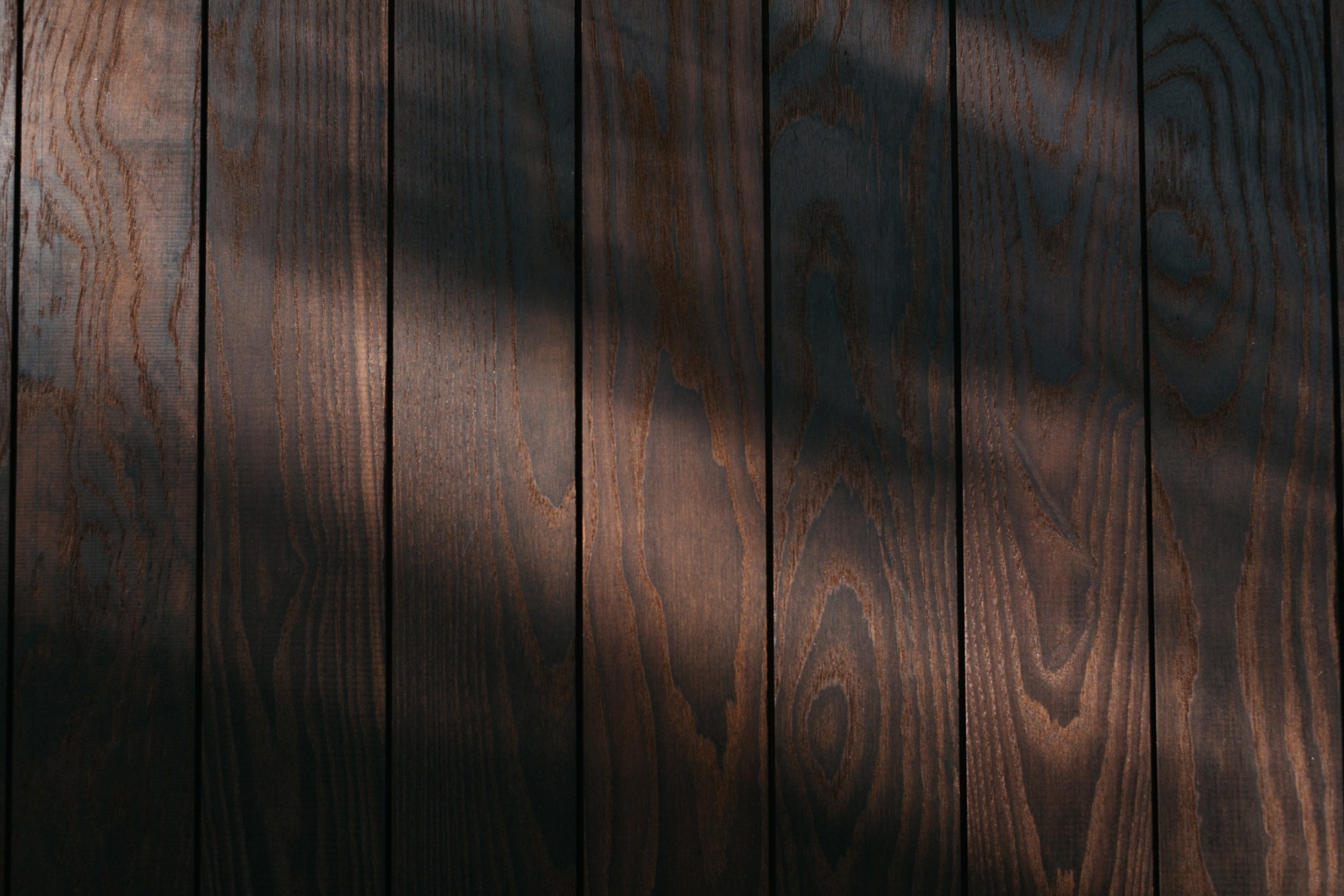
Aesthetic Evolution: The Weathered Grey Patina
Beyond its structural advantages, thermally modified ash offers a dynamic aesthetic journey. Initially, the wood showcases a rich, warm tone that highlights its natural grain. Over time, when exposed to outdoor elements without additional finishes, it gracefully transitions to a silver-grey patina. This natural aging process typically occurs over 6 to 18 months, influenced by factors such as climate, UV exposure, and weather conditions.
This aesthetic evolution is highly sought after by architects and designers alike, who appreciate the way thermally modified ash adapts to its environment. The weathered grey patina imparts a timeless elegance, blending seamlessly with both modern minimalist designs and rustic natural landscapes.
For those who prefer to maintain the original color, applying a UV-protective finish can preserve the wood's initial hue. However, many of our clients embrace the evolving character of the weathered grey, which adds a timeless elegance to their saunas.
Ash in Northeast and Maritime Builds
Ash wood has long been a favored material for Northeast and maritime builds, prized for its resilience, workability, and natural beauty. Its presence along the New England coast is woven into the region’s architectural heritage, from boatbuilding to coastal homes designed to endure the harsh, salty air and unpredictable weather.
Thermally modified ash continues this tradition, enhancing the wood’s ability to resist rot and moisture intrusion—qualities particularly valuable in coastal environments. With its superior stability and weather resistance, thermally modified ash thrives in challenging conditions where traditional woods might warp, decay, or suffer from insect damage.
By embracing thermally modified ash for Harbor Saunas, we pay homage to the craftsmanship and durability of Northeast and maritime building practices. The wood’s natural evolution to a silver-grey patina is reminiscent of weathered coastal structures that have gracefully aged against the elements. This timeless appeal speaks directly to the Harbor Saunas ethos of creating products built to last.
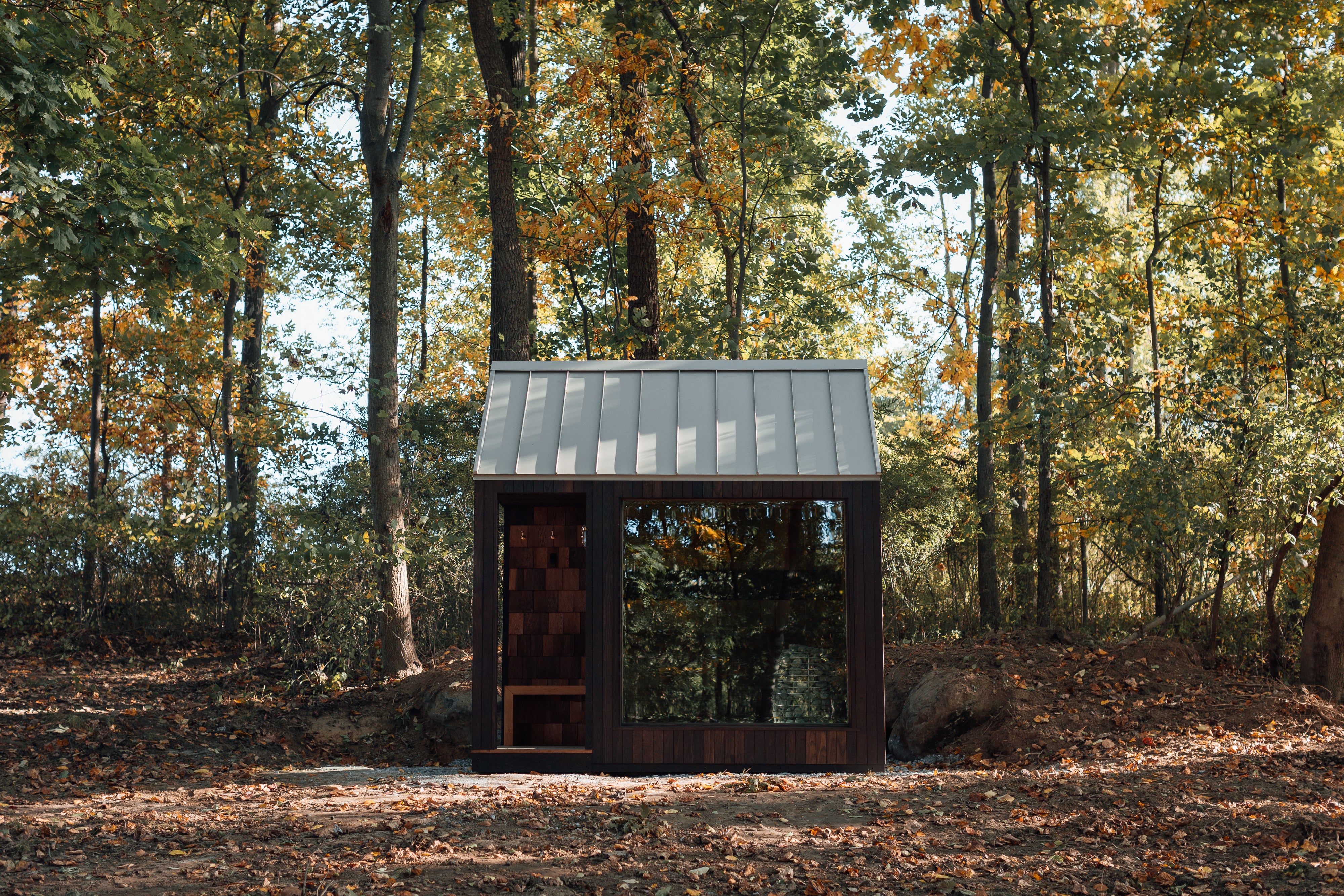
Environmental Benefits and Future Applications
The environmental impact of building materials cannot be ignored. By utilizing thermally modified ash, Harbor Saunas contributes to a more sustainable future. Unlike tropical hardwoods, which are often harvested unsustainably and transported over long distances, ash is domestically sourced. This dramatically reduces the carbon footprint associated with production and transportation.
Additionally, the thermal modification process itself is environmentally responsible, requiring only heat and steam. No harmful chemicals are introduced, ensuring that the final product is as clean and pure as its natural origins. For eco-conscious consumers, choosing thermally modified ash represents a commitment to longevity and sustainability in equal measure.
In the future, the use of thermally modified ash could expand beyond saunas and architectural cladding. Its strength, durability, and beautiful aging process make it an excellent candidate for outdoor furniture, decking, and even innovative interior designs. As awareness of its benefits continues to grow, more designers and architects are recognizing the potential of thermally modified ash as a versatile and responsible choice.
Performance in Sauna Environments
Saunas present unique challenges for building materials due to high humidity and temperature fluctuations. Thermally modified ash excels in this environment, offering superior dimensional stability. The reduction in moisture absorption minimizes the risk of warping, swelling, or shrinking, ensuring that the wood retains its form and function over time. This stability is paramount for maintaining the structural integrity and aesthetic appeal of our saunas.
Additionally, the wood’s enhanced resistance to biological threats such as mold and mildew makes it particularly well-suited for sauna use. Whether your sauna is installed indoors or exposed to harsh outdoor conditions, thermally modified ash ensures lasting beauty and resilience.
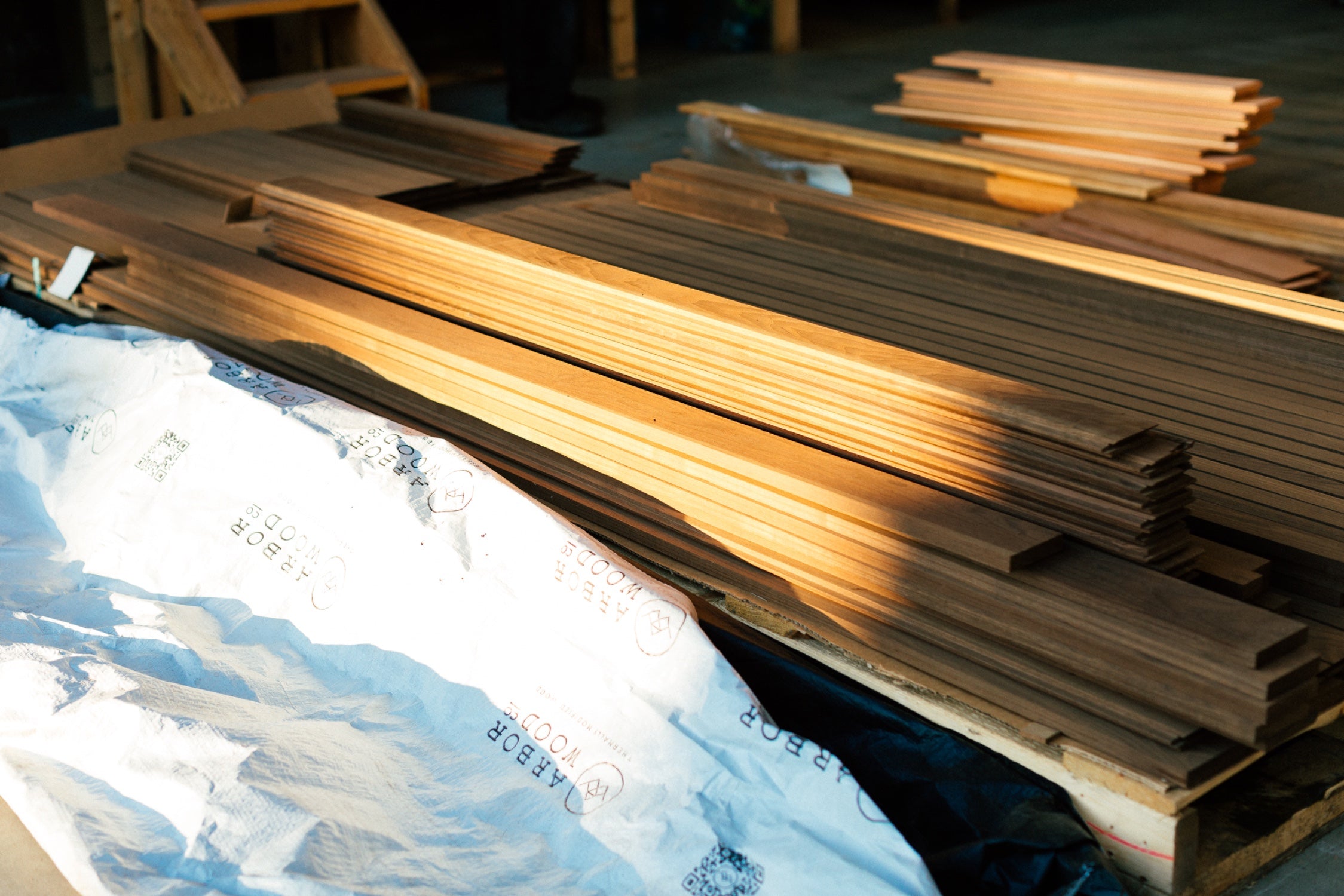
Conclusion
Thermally modified ash stands as a testament to the harmony between natural beauty and engineered durability. Its exceptional resistance to rot, prolonged lifespan, and graceful aging process make it an ideal material for Harbor Saunas. By choosing this premium upgrade, you invest in a sauna that not only enhances your well-being but also complements the natural environment, all while requiring minimal maintenance. Its alignment with the storied traditions of Northeast and maritime craftsmanship, along with its environmentally friendly properties, makes thermally modified ash the clear choice for those who value longevity, beauty, and responsible design.



